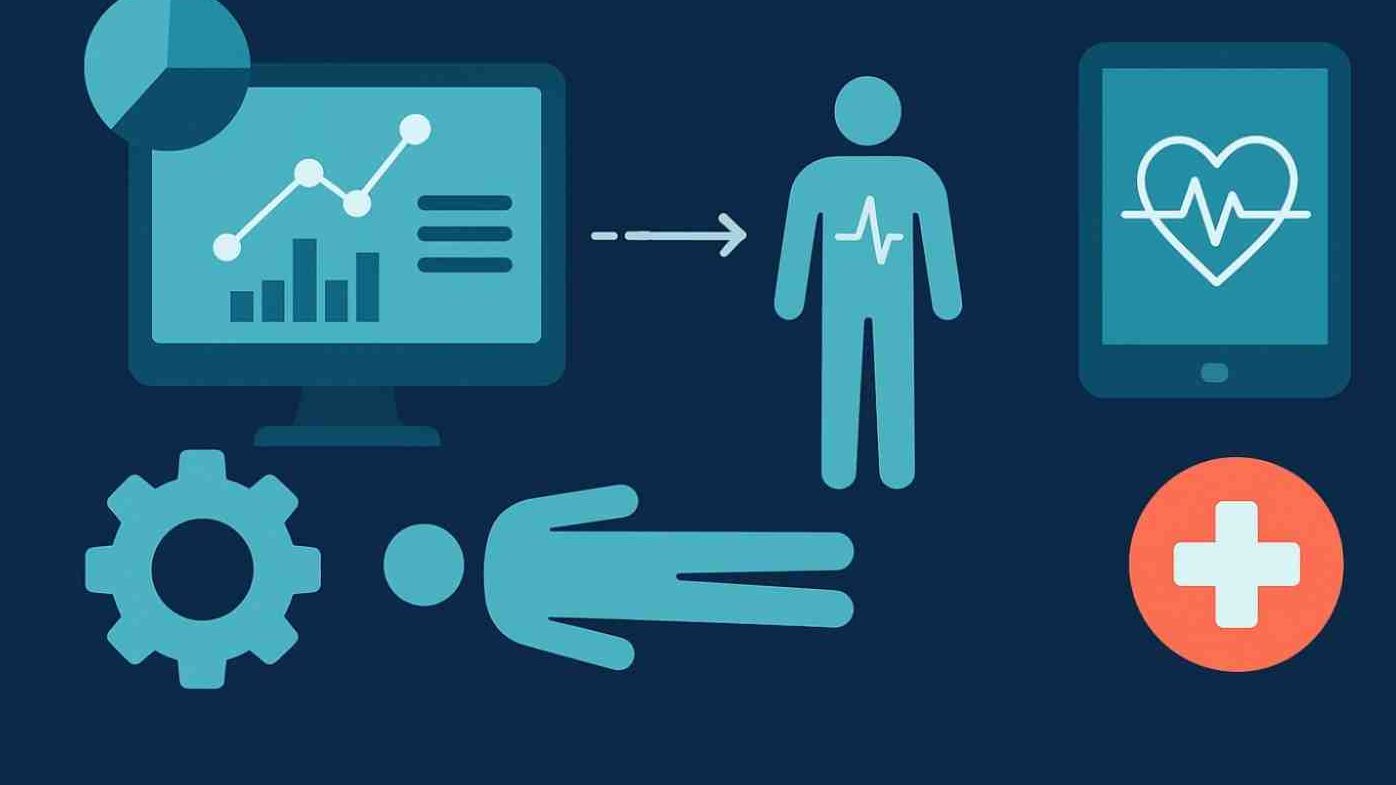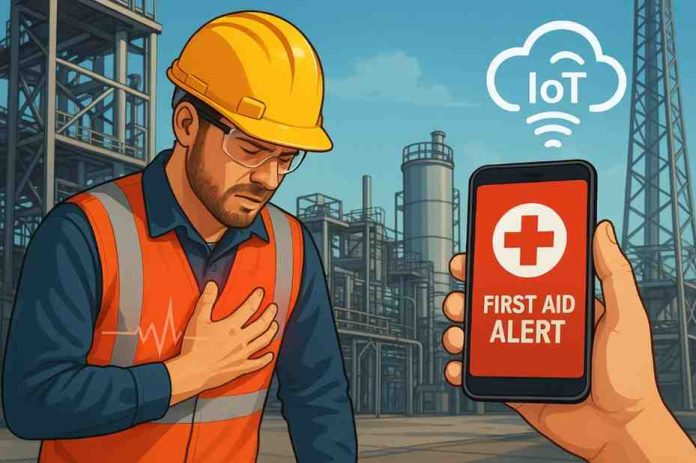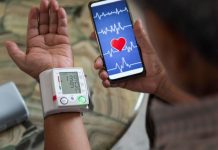High-risk work environments like construction zones, mining sites, and industrial plants are undergoing a major shift in how safety is managed. Instead of relying solely on human observation and manual reporting, these sites now use interconnected IoT (Internet of Things) systems to detect emergencies instantly and trigger first-aid alerts in seconds. With advancements in sensor accuracy, edge computing, and wireless connectivity, IoT safety networks have become the backbone of modern workplace emergency response. This approach aligns with the growing emphasis on proper training, such as completing a first aid course Wagga Wagga, to ensure workers can respond effectively when alerts are triggered.
Table of contents
1. The Technology Architecture Behind IoT-Enabled First Aid
A real-time IoT safety network typically operates across three interconnected layers. At the sensor layer, wearable and environmental devices continuously monitor movement, impact force, air quality, temperature, humidity, biometric signals, and noise levels. These sensors generate streams of data reflecting the worker’s physical state and the surrounding environment every second, which is crucial for CPR first aid professionals responding to emergencies.
Data from these sensors is transmitted through industrial wireless protocols such as LoRaWAN, BLE 5.0, NB-IoT, LTE-M, WiFi 6, or private 5G networks. Each protocol is chosen based on the worksite’s distance, bandwidth, and interference levels. The connectivity layer ensures data reaches processing units reliably, even in sites filled with metal, machinery, or structural obstacles.
Instead of sending all raw data to the cloud, modern IoT systems use edge computing. Small processors at the gateway or device level run algorithms that analyze motion patterns, changes in gas concentration, temperature spikes, or sudden inactivity. This local processing cuts detection time to milliseconds. When an anomaly is identified, such as a fall, toxic leak, or heat-stress signature, the system pushes a confirmed alert to the cloud dashboard and emergency team.
2. How IoT Detects Critical Incidents Instantly
IoT sensors do not merely send alarms; they interpret data patterns to determine whether an event is dangerous. Wearable fall-detection devices recognize specific motion signatures associated with slips, heavy impacts, or unconscious collapse. Environmental sensors identify gas leaks, oxygen drops, or rapid increases in particulate matter that could indicate fire, chemical discharge, or equipment failure. Biometric sensors evaluate worker health by analyzing heart rate variability, skin temperature, and fatigue indicators that correlate with heat exhaustion or dehydration.
These detection events are validated at the edge to avoid false positives. If conditions exceed predefined safety thresholds, the system sends an alert containing the worker’s identity, location, movement history, and surrounding environmental readings. Supervisors immediately know who is injured, where the incident occurred, and what type of hazard was involved.
3. Predictive Analytics and Digital Twins in First-Aid Automation

Beyond real-time alerts, IoT platforms now use machine learning models to identify early signs of danger. These models analyze historical sensor logs, weather conditions, worker behavior patterns, and equipment vibration signatures to predict where incidents are likely to occur. For example, if a specific zone repeatedly shows heat spikes and worker fatigue, the platform can recommend proactive interventions before an emergency happens.
Many advanced sites also maintain digital twins, virtual replicas of the physical workspace. These twins update in real time as IoT data streams in, helping supervisors visualize hazard zones, monitor worker distribution, and simulate emergency scenarios. During an actual incident, the digital twin shows the fastest route to reach the injured worker, the nearest exit path, and any environmental risks encountered along the way.
4. Why IoT Reduces First Aid Response Time
Traditional response systems depend heavily on human reporting. Someone must witness an incident, assess it, and then notify others. In large or noisy environments, delays are almost guaranteed. IoT eliminates these delays by automating detection and communication. Once a sensor identifies a fall, toxic exposure, or abnormal vital signs, the alert is instantly transmitted across the network and appears on supervisors’ mobile devices, dashboards, and connected radios.
Studies in industrial safety environments show that IoT-enabled sites achieve significantly faster response times, often 60% to 70% quicker, because responders receive information the moment an incident occurs. Workers are located precisely through GPS or indoor positioning beacons, and the severity of the incident is known before help arrives.
5. Human First Aid + IoT Technology: A Combined Safety Model
Even though IoT alarms can detect incidents instantly, human responders remain essential. Technology ensures alerts are fast and accurate, but trained first-aid responders still assess injuries, apply medical assistance, and manage hazards. IoT enhances their readiness by providing detailed context, environmental readings, health data, the time of the event, and location before they reach the scene.
This combination creates a more resilient first-aid system. Technology accelerates detection and guides responders, while human expertise ensures proper care and judgment.
Conclusion
IoT sensor networks have transformed workplace safety from a reactive process into a predictive, automated system. With real-time monitoring, edge analytics, wireless connectivity, and digital integration, IoT allows first-aid alerts to be triggered in seconds, even when no one is nearby to witness the incident. As industrial sites continue to modernize, IoT will play an increasingly central role in preventing injuries and ensuring immediate, accurate, and data-driven emergency response.











